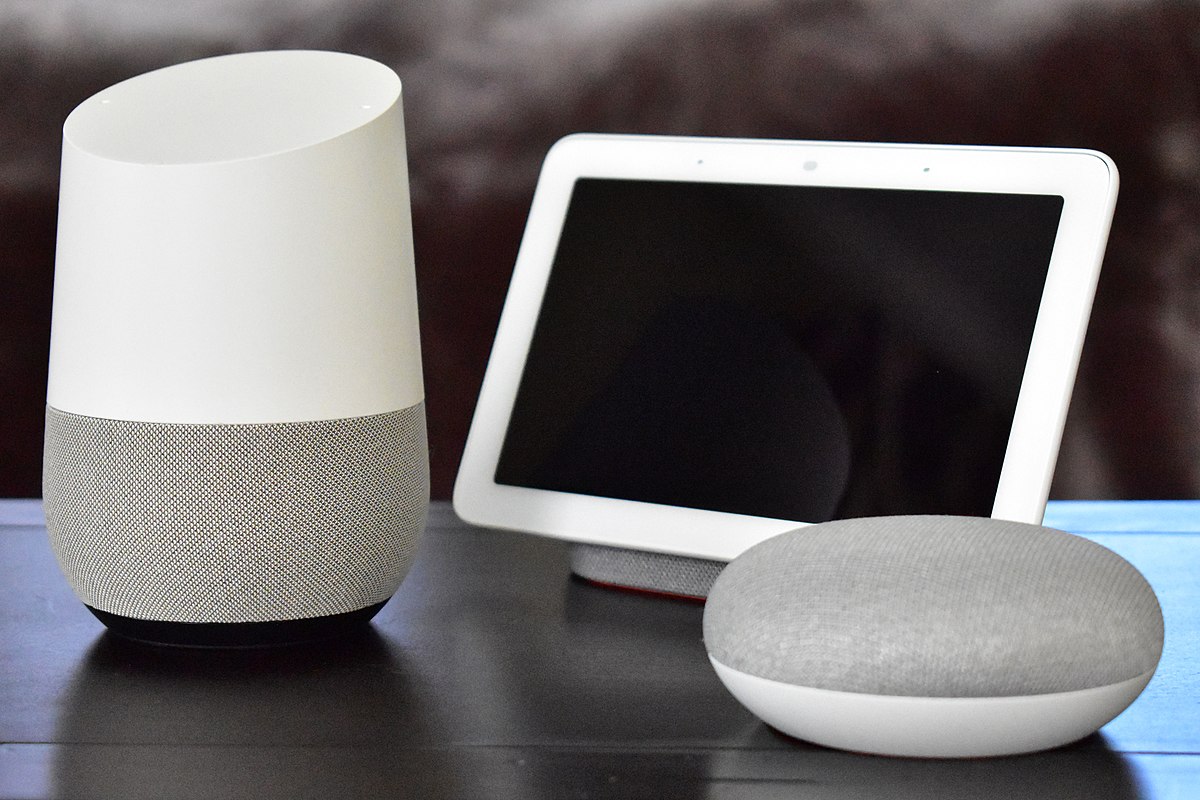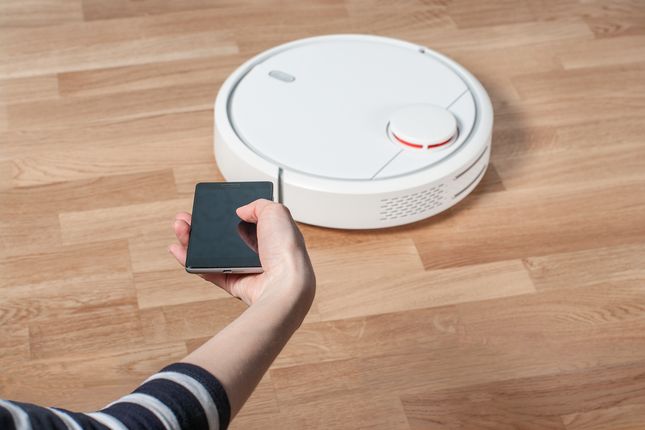Most Australians want to stay living independently in their own homes for as long as possible as they age, and avoid or defer a need to move into supported accommodation or an aged care facility.
Now a new report has found that even elderly and frail parents have proven surprisingly adept at using new technology (also known as ‘intelligent home solutions’) to help them achieve this aim, if they receive the right level of support.
The report by Monash University, in partnership with McLean Care and Deakin University, was released in February 2021 and evaluated the use of smart home devices by participants aged in their 70s, 80s and 90s.
“We have moved well beyond the concept that older people don’t engage with technology,” says Sue Thompson, CEO of McLean Care in the report’s foreword.
“This project has demonstrated that in these changing times, with our global population rapidly ageing, and with exponential growth in the types of technologies available, it is a natural progression for older people.
“In this project, participants not only trialled the technology and provided useful feedback, but in many cases, they have successfully integrated it into their everyday lives.”
.jpg)
Here are some of the key technology solutions used by seniors in the report.
1. Digital voice assistant (think: Google Home)
Have you tried saying ‘Hey Google’ (or ‘Hey Alexa’) to a digital voice assistant?
These devices, also known as smart speakers, allow you to access the internet (news, weather and music) and control connected devices (such as phones, smart lights and robotic vacuums). That’s a lot of power on the tip of your tongue!

Google Home was the most used device out of those trialled in the research, with most participants using it every day. A range of devices were used, including Google Mini and Google Nest Hub Max. Some people even connected their whole home by having multiple devices across different rooms.
2. Robotic vacuum cleaner (think: Roomba)
When you first heard about robotic vacuum cleaners, did you celebrate that The Jetson’s futuristic tech had finally arrived?! Hands-free, automated vacuuming can save you one of the most laborious of household tasks.
Robots can’t think for themselves but they can learn which areas to clean and which to leave alone. They even return to their base and clean themselves.
For most research participants, having a Roomba didn’t fully replace manual or professional vacuuming but many loved this tech, especially in high-use areas and in hard to reach spots like underneath beds.
3. Smart appliances (think: lights, air-con and kettles)
Remember the trend of having screens on fridges? That didn’t really take off but other smart switches on other devices – like lights, fans, airconditioners, and even kettles - can be controlled by voice, tablet apps or smart buttons.
Being able to remotely control appliances can have a huge positive impact on quality of life for anyone with mobility problems or other health issues that make getting up and down challenging.
Smart lights can help light entrance ways when visitors arrive or let you know whether you’ve remembered to close the garage door.
Even medication management can be assisted by smart lighting systems, with a red light showing until a smart medication cupboard has been opened.
4. Portable, easy to use tablets (think: Apple iPad)
Each of the research participants were given an Apple iPad so they could install apps to control other tech such as the Roomba robotic vacuum.
iPads, and other brands of portable and easy to use devices, are also fabulous for music, audiobooks, reading the news, and keeping in touch with loved ones.
There’s even evidence that learning to use a tablet can help older people improve their cognition speed and episodic memory.
5. Emergency systems (think: smart sensors)
Independent living is great … until there’s an emergency. Technology can bring peace of mind both for you and your loved ones.
Smart speakers, like Google Home, can be used to call emergency services. The older technology of emergency call buttons, worn around the wrist, neck, or installed into the wall, are other examples of lifesaving technology.
A next step up are motion sensors. These can be as simple as alerting someone if you haven’t, for example, moved out of your bedroom by a certain time each day, or can be more complex by sensing light, temperature and power usage.
6. Your personal IT help desk (think: your tech-savvy grandchild!)
It’s important to note that the research found that the elderly participants did of course need assistance to integrate technology in their lives.
In fact, over the 4-6 months that the elderly residents trailed devices in their homes, they needed an average of five phone calls and four home visits for help.
This underlines the need for elderly family members to be supported by tech-savvy family members or friends, who understand their needs and have patience, empathy and good communication skills.

But wait, there’s more!
Other smart appliances that research participants trialled were easy-read digital clocks and weather stations with indoor and outdoor sensors.
A note about challenges and risks
Just because technology is new and cool, it doesn’t mean it’s free from challenges or risks.
A robotic vacuum can be a potential trip hazard, especially in smaller homes.
Some research participants found the smart kettle to be too heavy and some smart device buttons too small.
Power and internet outages can be frustrating and worrying when you have come to rely on a device.
These challenges should not discourage anyone from introducing new tech but indicate that not all tech is right for everyone.
Our advice is to be selective, start slowly, and know that learning will take time. Then, make the most of new intelligent home solutions (aka: whizz-bang gadgets!) in your home and life.
Some final words from Downsizing.com.au CEO, Amanda Graham
“New technology is constantly evolving and many applications can help support people to live independently, within their own home for longer. Adult children are often concerned about the safety of elderly parents living alone, as they become more frail, and technology can provide greater peace of mind and even defer the need to move into a supported living or aged care facility.”
“The Smart Homes for Seniors report is a useful resource to help evaluate which technology may be most suitable.”
Technology can help you settle into your new home. If the time is right for your downsizing move, start your search today.
Find out more:


